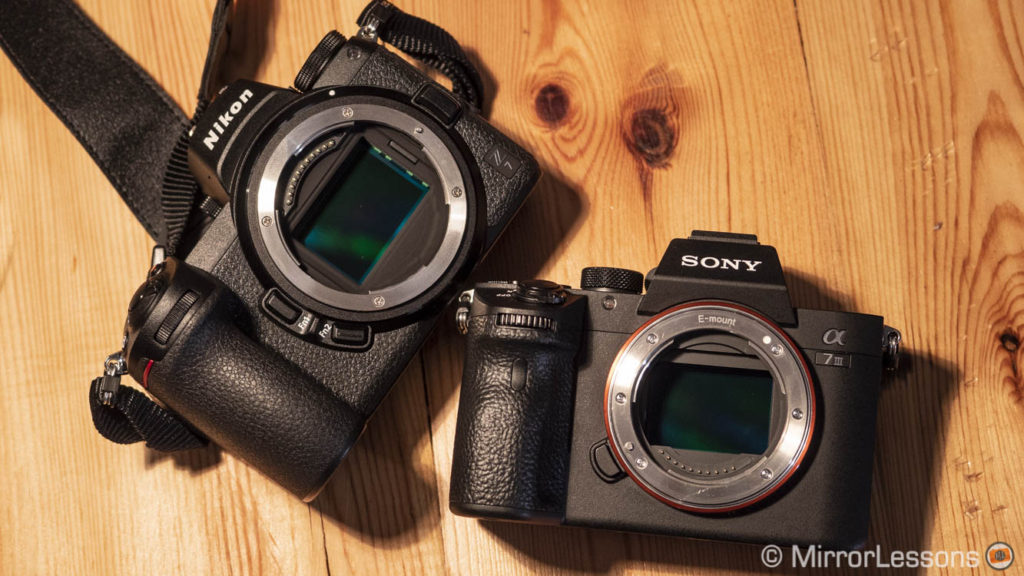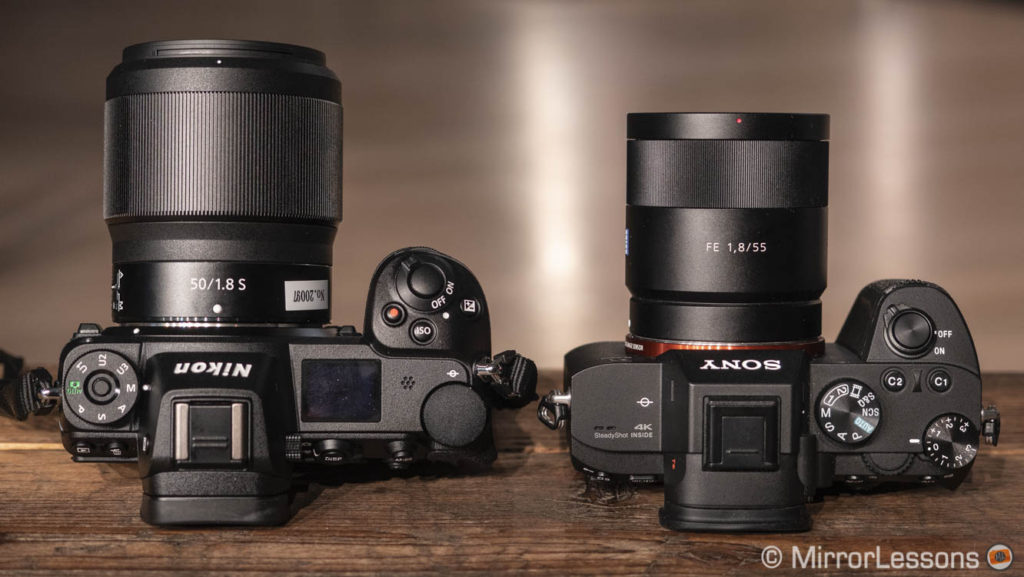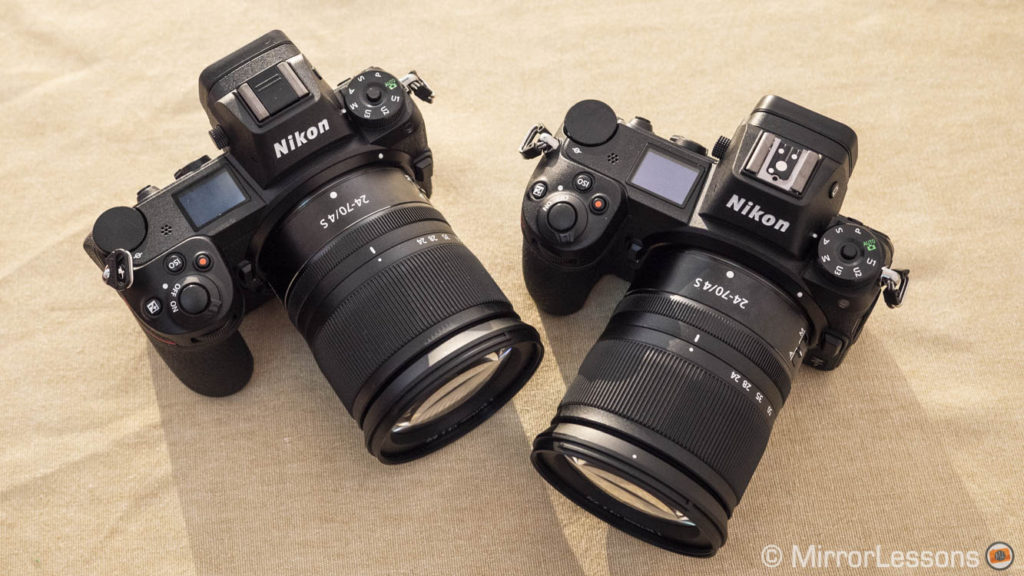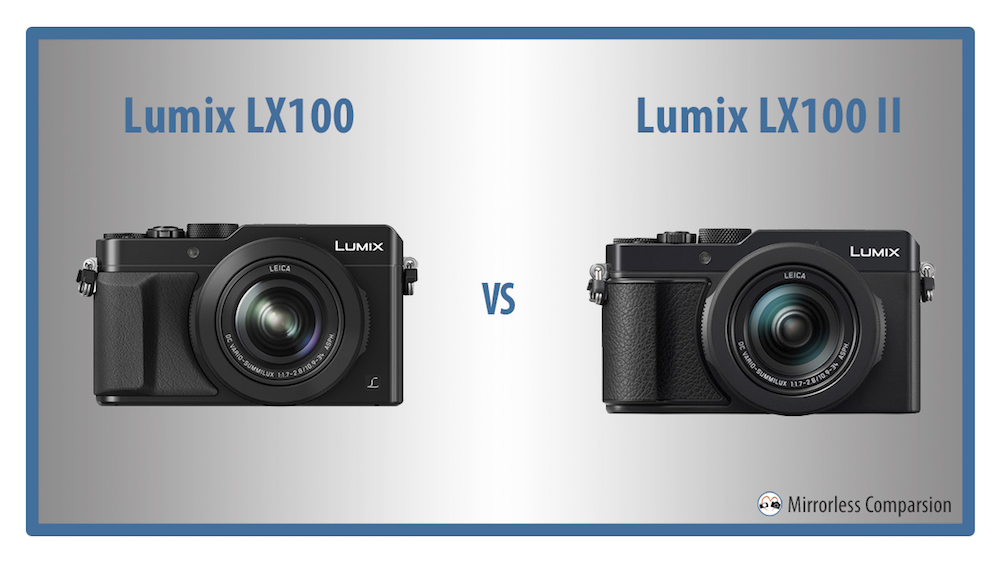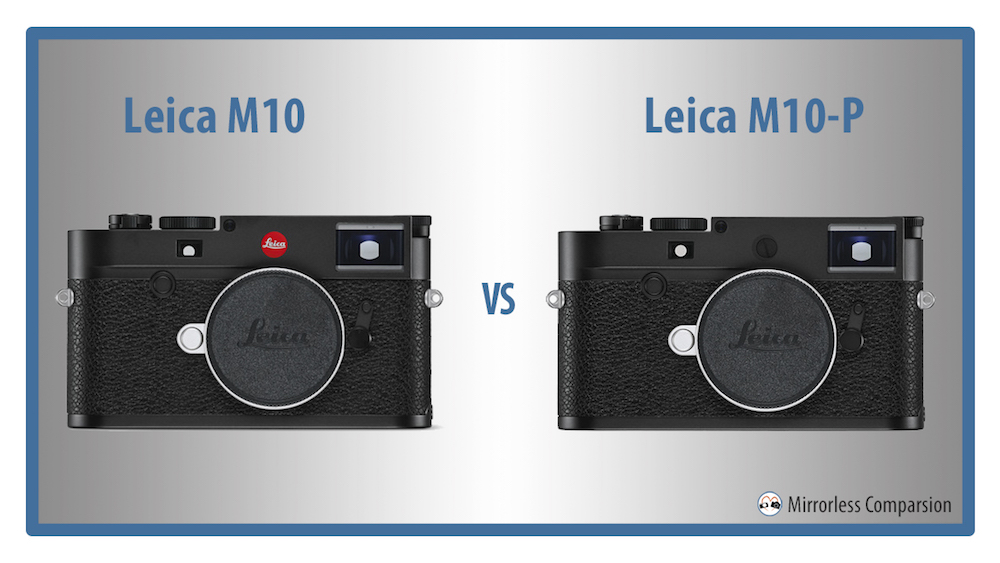Note: the product images show the A7 III instead of the A7R III, but the two Sony cameras have the same design.
Update: our Z7 vs A7R III full comparison is now online!
The A7R II and its successor the A7R III have long been praised for their image quality thanks to their excellent full frame sensors. Nikon wasn’t far behind with the D850 and has now released a “mirrorless version” with a similar resolution. The fact that the flagships Z7 and A7R III have become direct competitors shouldn’t come as a surprise to anyone!
On one hand, we have a brand new product complete with an ergonomic design and interesting features will appeal to both current mirrorless and Nikon DSLR users. On the other, we have the third generation of a camera that has matured and improved over the years, all the while maintaining the lead in the image quality department. Let’s see how they stack up against each other in this comparison preview!

